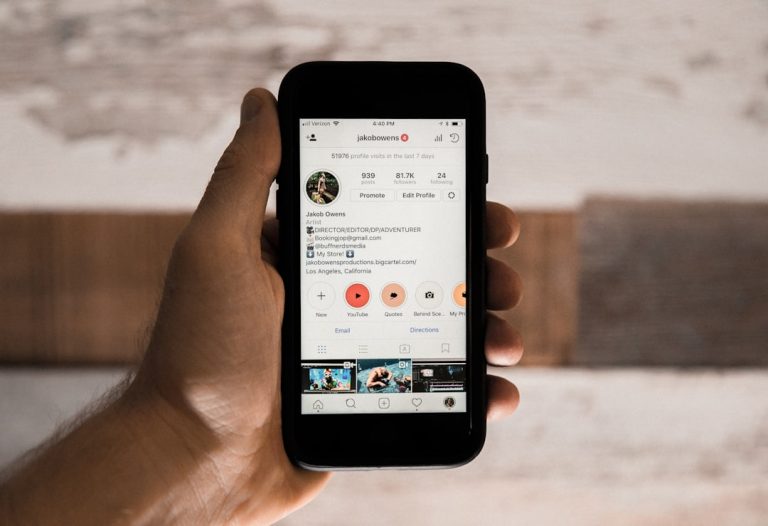In today’s hyper-connected world, tech gadgets have become an integral part of our daily lives. From smartphones to smartwatches, gaming consoles, and even home assistants, technology has changed the way we interact with the world around us. But beyond their functionality and convenience, these devices profoundly impact our psychology and behavior. The relationship we have with our tech gadgets is more than just utilitarian; it’s emotional, social, and, in many cases, subconscious.
First and foremost, tech gadgets influence our attention spans. With constant notifications, social media updates, and the never-ending flow of information, our devices have contributed to the rise of short attention spans. We’re conditioned to expect immediate gratification, constantly checking our phones or smart devices for new information. This constant bombardment of notifications can cause feelings of anxiety or even stress, known as “tech anxiety” or “nomophobia,” which refers to the fear of being without a phone. Studies show that frequent phone use, especially in a social media context, can lead to increased levels of dopamine, the brain’s “reward” neurotransmitter, which conditions us to crave that next notification or like. Over time, this creates a behavioral loop where we’re constantly seeking out our devices, feeding into the cycle of dependence.
Another significant way that technology shapes our behavior is through the lens of social interaction. Gadgets, particularly smartphones, have revolutionized communication. With instant messaging, video calls, and social media, our devices allow us to connect with friends, family, and even strangers around the globe. However, this form of communication can also have psychological downsides. For instance, while these platforms allow for constant connectivity, they often replace face-to-face interactions, which are essential for emotional connection and building trust. The rise of “social media comparisons” is another negative consequence. We tend to compare ourselves to the highly curated, filtered images we see online, which can lead to feelings of inadequacy, jealousy, or loneliness. This comparison trap can negatively impact our self-esteem, especially among younger users who may still be developing their self-identity.
Moreover, tech gadgets are reshaping how we work, play, and rest. The advent of “smart homes” and connected devices like smart thermostats, speakers, and lighting systems is a prime example. While they add convenience, they also introduce new layers of complexity and distraction. The ability to control nearly every aspect of our environment with the press of a button can lead to a diminished sense of personal agency and self-sufficiency. Furthermore, devices like smartwatches and fitness trackers often encourage us to monitor every aspect of our lives, from sleep patterns to heart rate and even our daily steps. While these gadgets promote health-consciousness, they can also increase our stress levels, particularly when we’re constantly “measuring” ourselves. The pressure to meet daily goals or to monitor every aspect of our health can contribute to feelings of frustration or even failure.
Tech gadgets also play a critical role in how we process information. The ease with which we access vast amounts of knowledge has altered our memory and learning habits. Research suggests that the more we rely on technology to store information, the less we engage our brains in the act of memorization. We no longer need to remember phone numbers, addresses, or even directions, as these are readily available on our devices. While this has made our lives easier, it has also led to a phenomenon known as “digital amnesia,” where we become less reliant on our own cognitive abilities to remember important information. As a result, tech gadgets are not just changing how we think; they are changing the very nature of thinking itself.
In addition to memory and attention, technology is also influencing our sleep patterns. The blue light emitted by screens is known to interfere with the production of melatonin, the hormone responsible for regulating sleep. Late-night device usage, whether it’s watching videos, scrolling through social media, or gaming, can delay the onset of sleep, leading to disruptions in the body’s natural circadian rhythm. The result is often poor sleep quality and an increase in daytime fatigue, which can, in turn, affect mood, productivity, and mental health. Sleep deprivation is linked to a range of behavioral issues, including irritability, mood swings, and difficulty concentrating.
While the impact of tech gadgets on our behavior is undeniable, it’s also important to note that these devices can be used to foster positive change. For example, many gadgets are designed to promote mindfulness, fitness, and productivity. Applications for meditation, sleep tracking, and mental health awareness have all gained popularity, helping people manage stress and improve their well-being. Similarly, the rise of educational apps, online courses, and digital libraries has democratized learning, allowing people from all walks of life to access information and develop new skills. In this sense, tech gadgets have the potential to positively influence our behavior, helping us to be more productive, healthier, and better connected.
Ultimately, the psychology behind our relationship with tech gadgets is complex. They shape our behavior in both positive and negative ways, influencing how we think, interact, and feel. As we continue to integrate these devices into our lives, it’s crucial to be mindful of their effects on our mental and emotional well-being. Balancing the benefits of technology with awareness of its potential drawbacks is key to fostering a healthier relationship with the gadgets that shape our daily lives.




